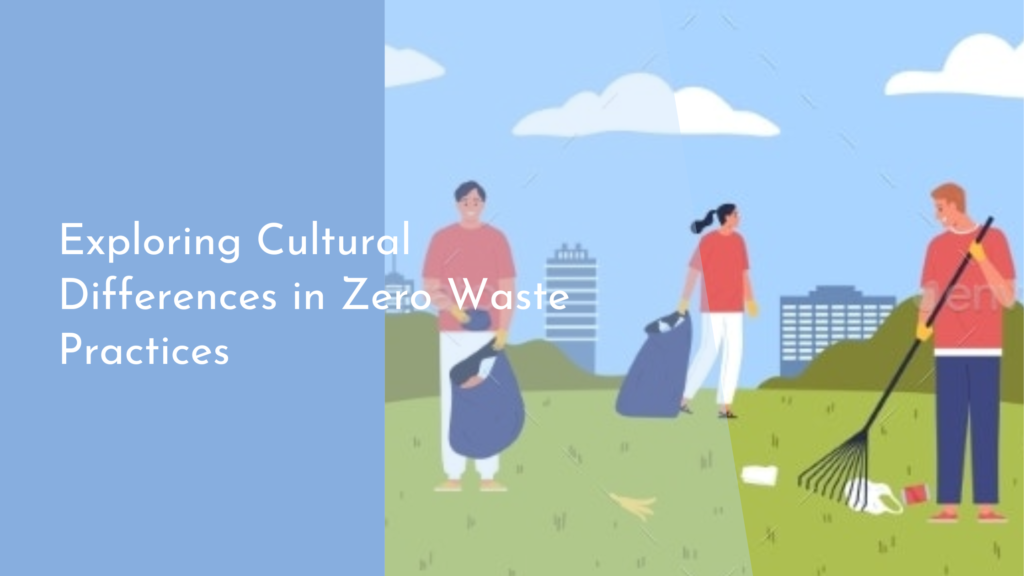The lifecycle of biodegradable materials
In a world increasingly aware of the environmental impact of our choices, biodegradable materials shine as a beacon of hope. These materials, which can break down naturally and return to the earth, promise a more sustainable future. Understanding their lifecycle not only educates us about their benefits but also empowers us to make informed decisions. As we embark on this cheerful journey through the lifecycle of biodegradable materials, we’ll uncover the stages of decomposition, the positive impact on our planet, and how each of us can contribute to this eco-friendly cause. Let’s dive in!
Understanding Biodegradable Materials: A Cheerful Journey
Biodegradable materials are substances that can be broken down by natural processes, primarily by microorganisms. This breakdown occurs over time, transforming them back into natural elements. Common biodegradable materials include food waste, paper, and certain types of plastics designed specifically for this purpose. The cheerful aspect of biodegradable materials lies in their ability to minimize waste and reduce the burden on landfills, which are overflowing with non-decomposable products that can take centuries to break down.
The journey of biodegradable materials is not just about being eco-friendly; it’s also about innovation. With scientists and companies tirelessly working to create new, more efficient biodegradable products, the market is expanding. From biodegradable packaging made from corn starch to compostable utensils, every new product is a step toward a greener future. As consumers, this means we have an exciting array of choices that can contribute to a sustainable lifestyle. The cheerful journey of biodegradable materials is not just a trend; it’s a movement toward a healthier planet.
The Stages of Decomposition: Nature’s Recycling Process
The decomposition of biodegradable materials occurs in several delightful stages. When these materials are disposed of, microorganisms, such as bacteria and fungi, begin to break them down. This initial stage, known as fragmentation, sees these organisms munching away at the material, reducing it to smaller pieces. This process is vital, as it makes it easier for other organisms to further decompose the material in subsequent stages.
As decomposition progresses, organic matter is transformed into compost, a nutrient-rich product that enriches the soil. This natural recycling process benefits plants and ecosystems, promoting growth and biodiversity. Eventually, what was once a discarded item is returned to the earth, completing the cycle of life. This harmonious interaction between biodegradable materials and nature not only teaches us about sustainability but also gives us a sense of connection to the environment. It’s nature’s way of recycling, and it’s a process we can all cheer for!
Benefits of Biodegradable Materials for Our Planet
The benefits of biodegradable materials extend far beyond their ability to decompose. First and foremost, they help reduce the volume of waste that ends up in landfills. When biodegradable materials are composted rather than thrown away, they not only avoid the pitfalls of non-decomposable waste but also contribute to the creation of nutrient-rich compost. This compost can be used in gardens and farms, fostering a circular economy that benefits both people and the planet.
Moreover, biodegradable materials often have a lower carbon footprint than their non-biodegradable counterparts. They are typically made from renewable resources and require less energy to produce. By choosing biodegradable options, we are actively participating in reducing pollution, conserving resources, and promoting sustainability. It’s a win-win situation for the environment and for us, as the cheerful use of biodegradable materials paves the way for a cleaner, greener future.
How You Can Help: Embracing Biodegradable Choices!
Embracing biodegradable choices in your daily life is easier—and more fun—than you might think! Start by making small, conscious decisions such as using biodegradable bags for shopping, choosing compostable utensils for parties, or bringing your own containers for takeout. These small changes can have a big impact when adopted by many people. Remember, every biodegradable choice you make is a step toward reducing waste and promoting a healthier planet!
Getting involved in local composting initiatives or community gardens can also amplify your impact. Many communities are beginning to embrace composting programs that encourage residents to recycle their food scraps and yard waste. By participating, not only do you help reduce landfill waste, but you also contribute to a system that generates valuable compost for gardens and farms. Together, we can create a joyful movement around biodegradable materials, nurturing our planet and our communities with every choice we make!
The lifecycle of biodegradable materials is a testament to nature’s ability to recycle and restore. As we’ve journeyed through the stages of decomposition and explored the myriad benefits that these materials offer, it’s clear that embracing them is essential for a sustainable future. By making conscious choices and encouraging others to do the same, we can all contribute to this cheerful, eco-friendly movement. Let’s celebrate every biodegradable option and take pride in the positive impact we can create together for our planet!

